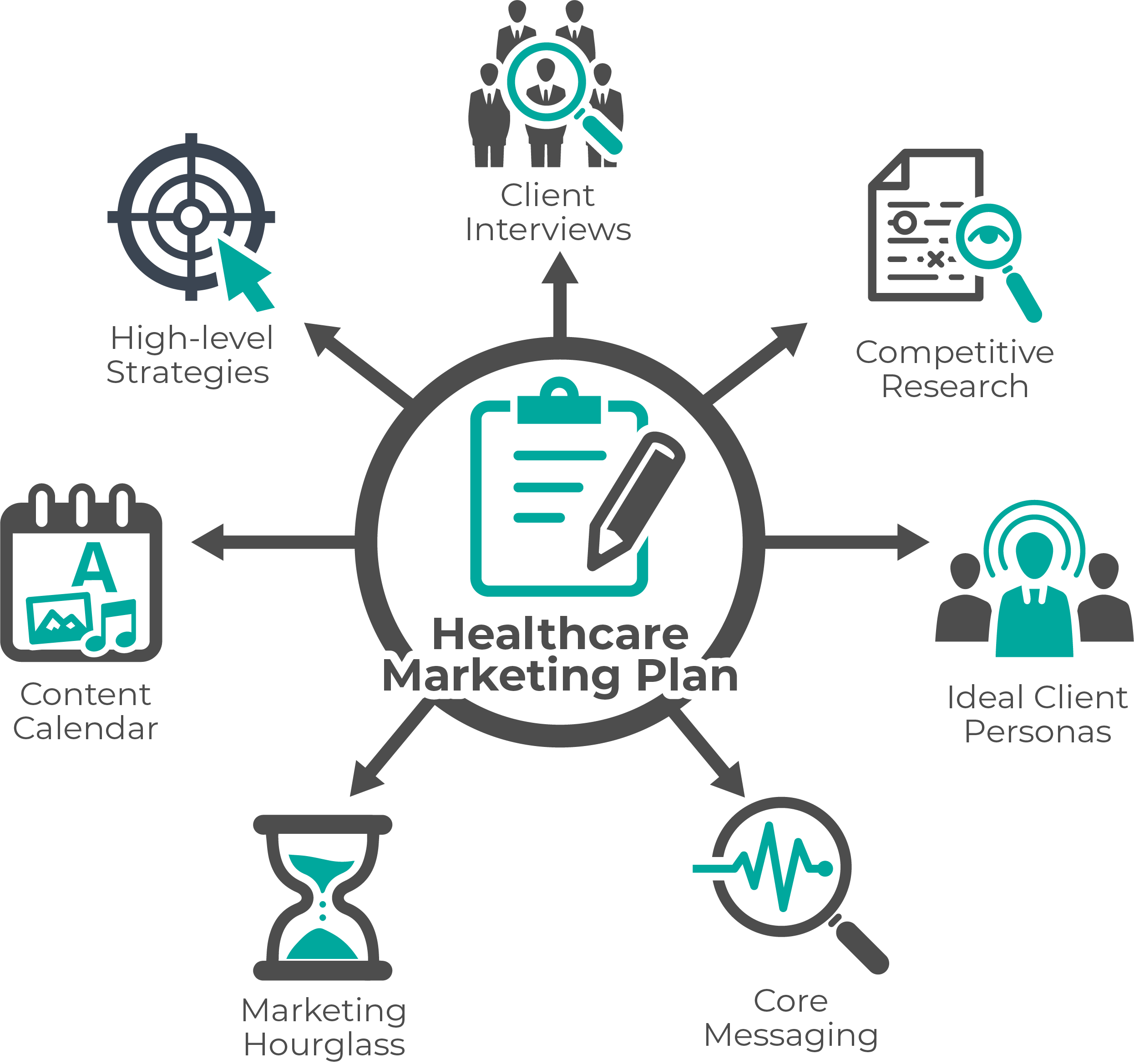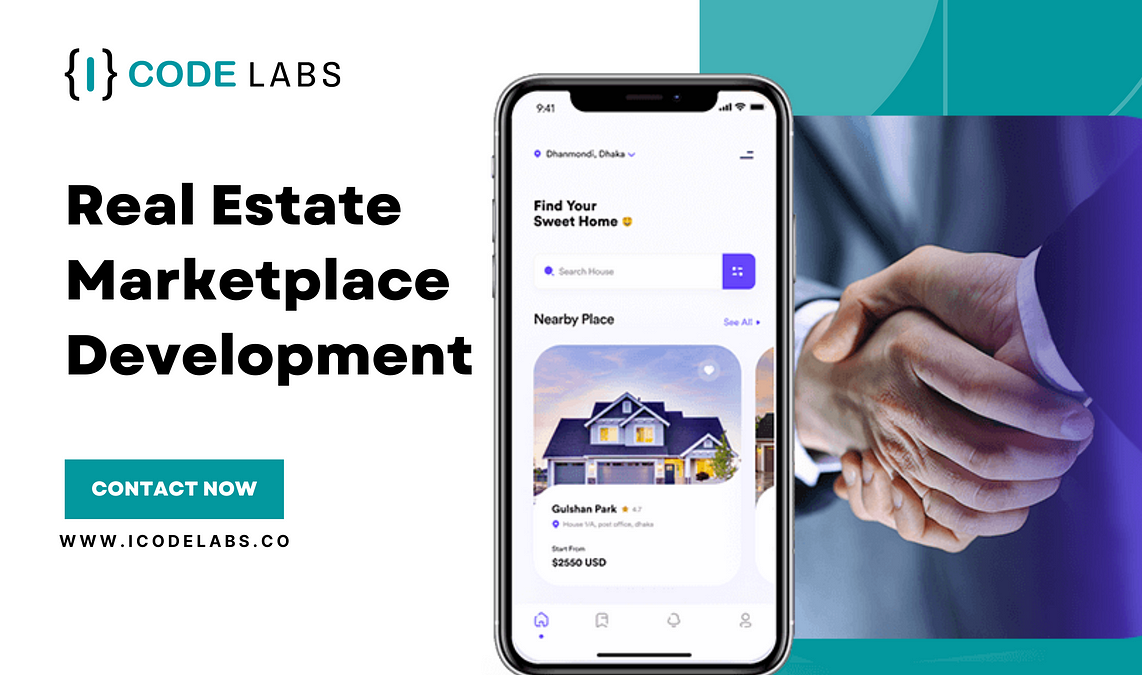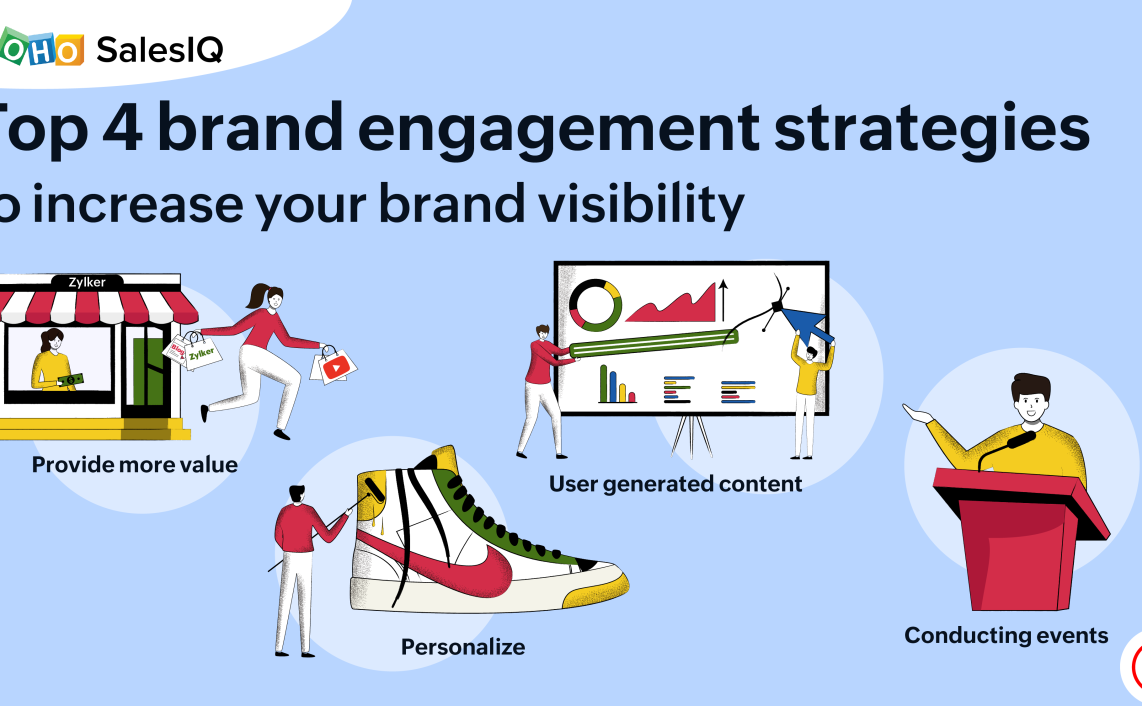Standing Out In Healthcare Marketing: Strategies For Success

In today’s competitive healthcare market, it’s more important than ever to stand out from the competition. Healthcare marketers need to be creative and innovative in their approach to reach target patients and drive conversions.

Here are some strategies for success in healthcare marketing:

- Use a patient-centric approach. Everything you do in your marketing should be focused on the patient experience. Understand their needs and concerns, and develop messaging that speaks to them directly.
- Create a strong brand identity. Your brand is what sets you apart from your competitors. Develop a unique brand identity that reflects your hospital or health system’s values and personality.
- Use a variety of marketing channels. Don’t put all your eggs in one basket. Use a variety of marketing channels to reach your target audience, including online, print, and social media.
- Track your results and make adjustments. It’s important to track your marketing results so you can see what’s working and what’s not. Make adjustments to your campaigns as needed to improve your results.
By following these strategies, you can stand out in the healthcare market and drive conversions.## Standing Out in Healthcare Marketing: Strategies for Success
Executive Summary
In the competitive landscape of healthcare marketing, it is crucial to differentiate oneself and establish a strong brand presence. This article delves into the top five effective strategies that can help healthcare organizations rise above the noise and connect with their target audiences. By implementing these strategies, healthcare marketers can effectively promote their services, build trust, and drive patient acquisition.
Introduction
The healthcare industry is constantly evolving, and so too must the marketing strategies employed by healthcare organizations. To stay ahead of the curve and reach their target audiences, healthcare marketers need to embrace creativity, data-driven insights, and innovative approaches. This article provides a comprehensive guide to the essential strategies that healthcare organizations can leverage to improve their marketing effectiveness and achieve their business goals.
1. Brand Storytelling
Brand storytelling captures the essence of a healthcare organization’s mission, values, and unique offerings. It involves creating a compelling narrative that resonates with the target audience and differentiates the organization from competitors.
- Authenticity: Tell a genuine story that reflects the organization’s values and aligns with the needs of patients.
- Emotional Connection: Focus on creating an emotional connection with the audience by sharing patient stories, highlighting successful outcomes, or addressing common concerns.
- Memorable Message: Craft a clear and concise brand message that is easy to understand and leaves a lasting impression.
- Consistency: Maintain consistency in messaging and visual identity across all marketing channels.
2. Digital Healthcare Marketing
Digital healthcare marketing encompasses online strategies such as search engine optimization (SEO), social media marketing, and email campaigns. It offers healthcare organizations the opportunity to reach a wider audience, engage with potential patients, and build trust.
- SEO for Healthcare: Optimize websites for health-related keywords and provide valuable, patient-centric content to improve organic visibility in search results.
- Social Media for Healthcare: Establish a strong presence on social media platforms and engage with potential patients by providing valuable information, answering questions, and fostering community.
- Email Marketing for Healthcare: Segment patient databases and send targeted email campaigns that provide relevant health information, promotional offers, and appointment reminders.
- Healthcare Content Marketing: Create high-quality content, such as blog posts, articles, videos, and infographics, that educate patients and establish the organization as a thought leader.
3. Patient-Centric Approach
A patient-centric approach places the patient at the center of all marketing efforts. It ensures that marketing messaging and strategies are tailored to the unique needs and preferences of the target audience.
- Patient Personas: Develop detailed patient personas to understand their demographics, motivations, and pain points.
- Empathetic Messaging: Use language and imagery that is empathetic and relatable to the patient’s experience.
- Personalized Experiences: Provide tailored experiences by personalizing marketing messages and content based on patient data and preferences.
- Feedback Mechanisms: Regularly collect feedback from patients to understand their needs and identify areas for improvement.
4. Data-Driven Marketing
Data-driven marketing involves using data and analytics to inform and optimize marketing efforts. It helps healthcare organizations understand target audience behavior, track marketing performance, and make informed decisions.
- Data Collection: Collect data from various sources, such as website analytics, patient surveys, and social media interactions.
- Data Analysis: Use data analysis tools and techniques to extract insights into patient behavior, preferences, and marketing effectiveness.
- Marketing Automation: Automate marketing processes, such as email campaigns and social media scheduling, based on data-driven insights.
- Performance Tracking: Continuously track and evaluate marketing performance using key performance indicators (KPIs) and make adjustments as needed.
5. Employee Advocacy
Employee advocacy involves empowering employees to become brand ambassadors and share positive experiences and insights with their personal networks. It leverages the reach and credibility of employees to enhance the credibility of the organization.
- Internal Communication: Communicate the marketing message and brand values to employees and provide them with training on effective advocacy.
- Employee Content: Encourage employees to share relevant and patient-centric content on their personal social media accounts.
- Employee Storytelling: Feature employee stories and experiences in marketing materials to build trust and authenticity.
- Advocacy Programs: Implement employee advocacy programs to reward and recognize employees for their contributions.
Conclusion
By implementing these five essential strategies, healthcare organizations can effectively differentiate themselves in the competitive healthcare marketing landscape. Brand storytelling, digital healthcare marketing, a patient-centric approach, data-driven marketing, and employee advocacy empower healthcare organizations to connect with their target audiences, build trust, and drive patient acquisition. By embracing these strategies and continuously adapting to the evolving healthcare environment, healthcare organizations can establish themselves as credible, patient-focused, and successful brands.
Keyword Tags
- Healthcare Marketing
- Brand Storytelling
- Digital Healthcare Marketing
- Patient-Centric Approach
- Data-Driven Marketing
FAQs
1. What is the importance of brand storytelling in healthcare marketing?
Brand storytelling helps healthcare organizations differentiate themselves, connect with patients on an emotional level, and build a memorable brand image.
2. What are the key channels for digital healthcare marketing?
SEO, social media marketing, email campaigns, and healthcare content marketing are effective channels for reaching potential patients and engaging with existing ones.
3. How can healthcare organizations personalize their marketing efforts using a patient-centric approach?
By developing patient personas, using empathetic messaging, providing tailored experiences, and collecting feedback, healthcare organizations can create marketing campaigns that resonate with the unique needs of their target audience.
4. What are the benefits of data-driven marketing in healthcare?
Data-driven marketing provides insights into patient behavior and preferences, enables personalized experiences, and helps healthcare organizations track and evaluate the effectiveness of their marketing efforts.
5. How can employee advocacy contribute to healthcare marketing success?
Employee advocacy leverages the reach and credibility of employees to amplify the organization’s message, build trust with potential patients, and enhance brand reputation.







